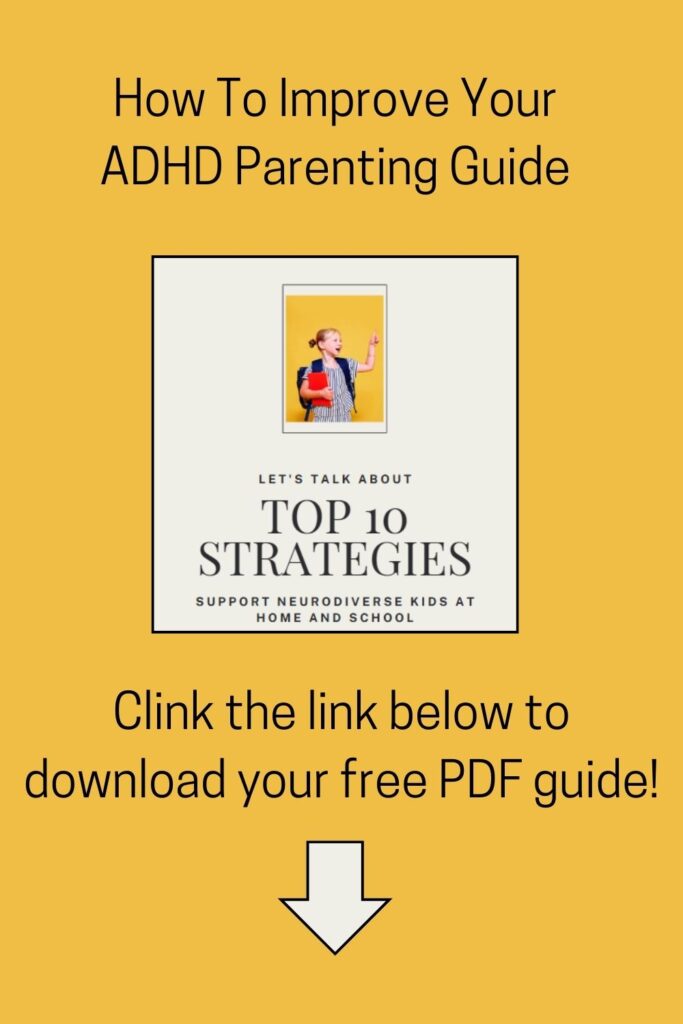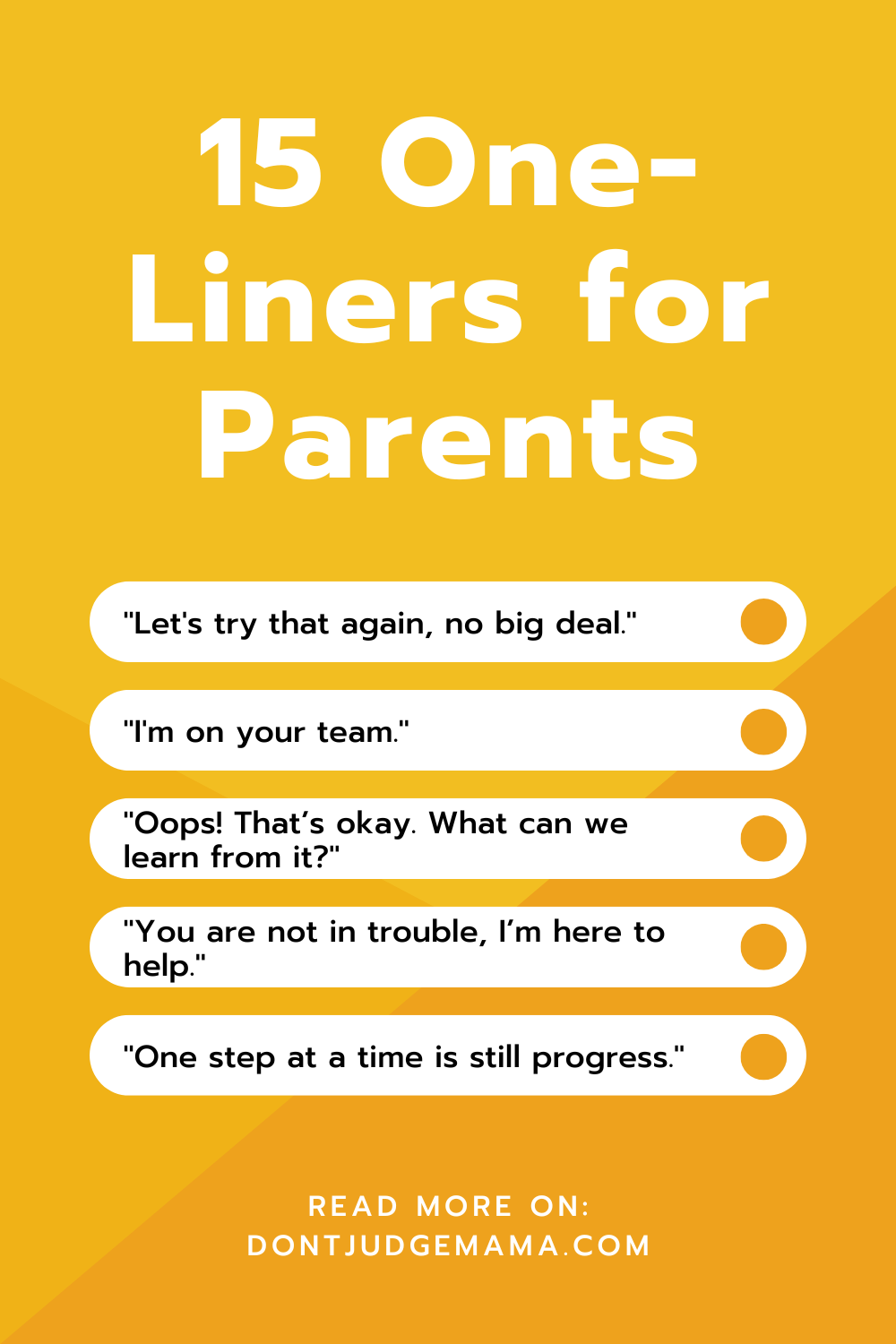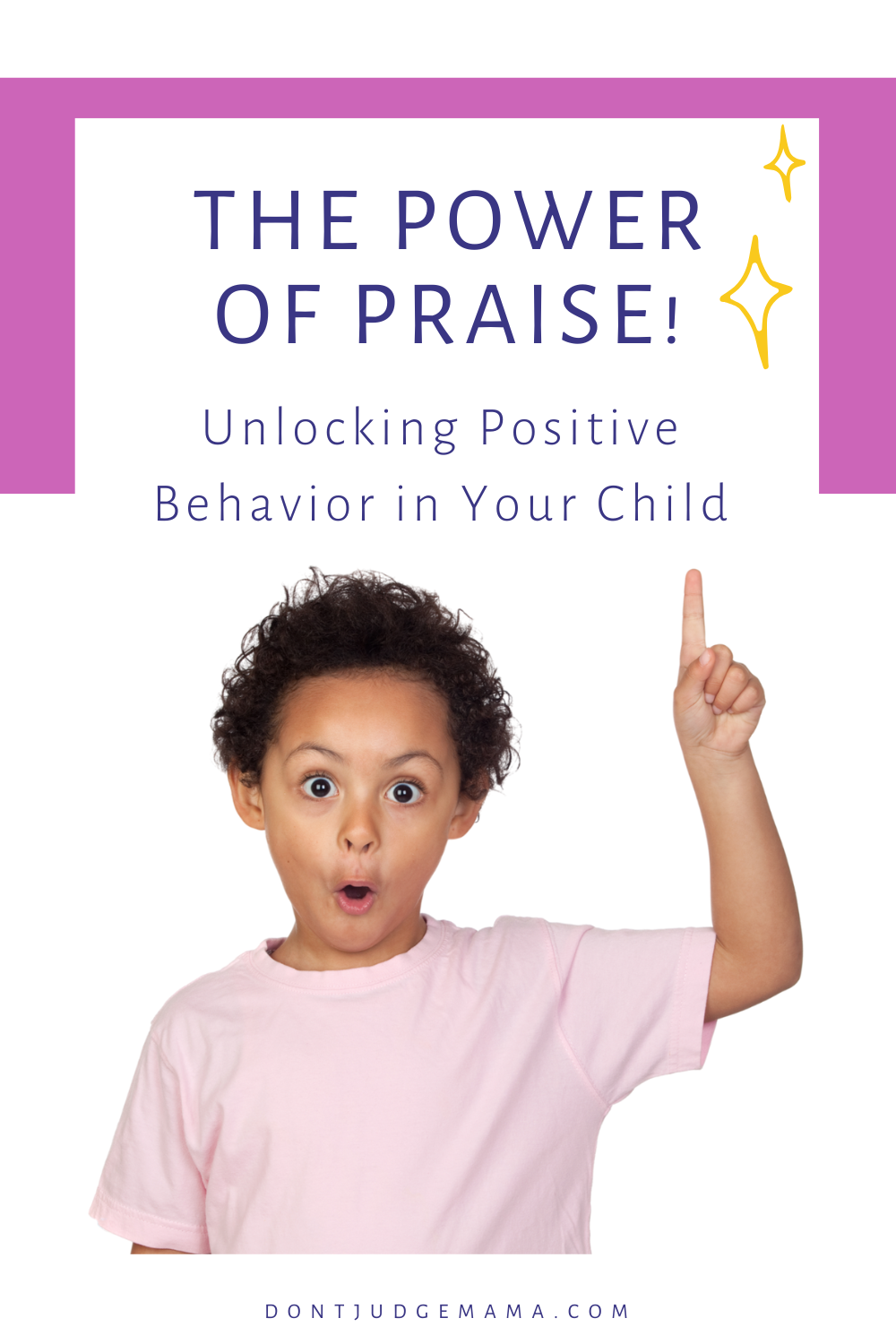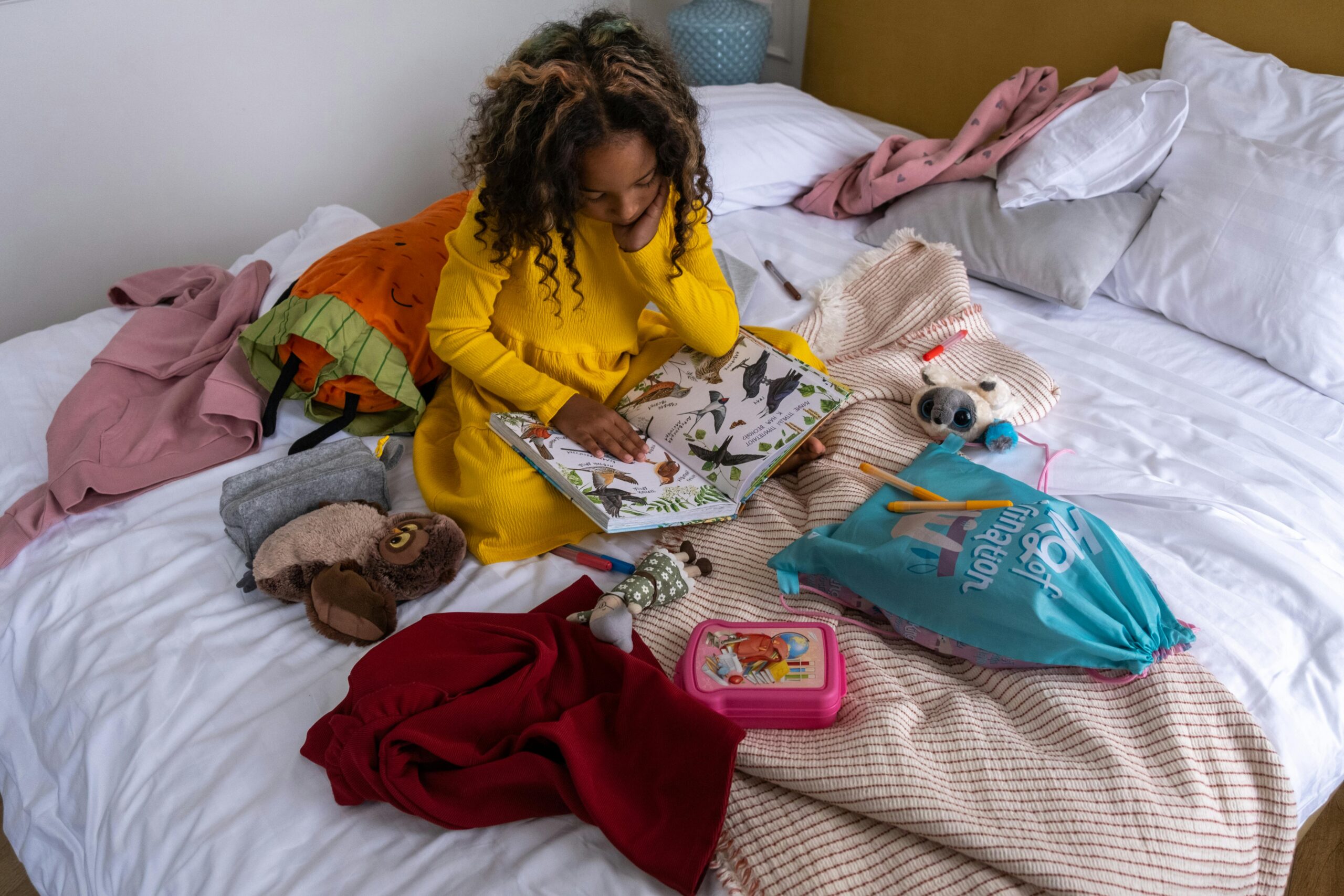Teaching Emotional Regulation to Kids – Without Losing Your Mind
What is it?
Emotional regulation is the ability to manage and respond to emotional experiences in a socially acceptable and flexible manner. It involves recognizing, understanding, and expressing emotions appropriately, as well as recovering from emotional setbacks in a healthy way. Teaching emotional regulation to kids is essential for long-term mental health and success.
Why is it important?
Emotional regulation is crucial for mental health, academic success, social relationships, and overall well-being. It allows individuals to navigate challenges, resolve conflicts, and engage positively with others. Children with strong emotional regulation skills are better equipped to handle stress, make thoughtful decisions, and persist in the face of difficulties. Plus, teaching this early means fewer public tantrums over the wrong color cup – and we all know the stakes are high when it comes to cup color.
How does ADHD impact emotional regulation?
Children with ADHD often struggle with emotional regulation due to differences in brain development and functioning. They may experience intense emotions, have difficulty shifting between emotional states, and show impulsivity in their reactions. This can lead to frequent emotional outbursts, frustration, and difficulty calming down. Emotional dysregulation can interfere with relationships, learning, and self-esteem. Translation: Sometimes it feels like living with a tiny, adorable tornado who also happens to negotiate like a lawyer. Managing ADHD emotional meltdowns requires consistent effort and strategies.
Emotional Dysregulation (AKA a MELTDOWN)
Emotional dysregulation refers to the inability to manage emotional responses, leading to intense and overwhelming reactions. A meltdown is a common manifestation of emotional dysregulation in children with ADHD. During a meltdown, a child may cry, yell, or act out physically, often feeling out of control. Meltdowns can be triggered by frustration, sensory overload, or unexpected changes in routine. In other words, your child may lose their mind because their sock “feels weird,” and you’ll spend the next hour trying to find the mythical “perfect sock.” Addressing emotional dysregulation early can prevent escalation.
How can parents teach and support emotional regulation?
Teaching emotional regulation is an ongoing process that requires patience, consistency, and modeling. Parents play a crucial role in guiding their children to develop these essential skills. Here are several effective strategies for teaching emotional regulation to kids (and yes, you might need coffee for this):
- Create a Safe Emotional Environment:
- Foster open communication where your child feels comfortable expressing their feelings without fear of judgment.
- Listen actively and validate their emotions by acknowledging how they feel, even if their reaction seems exaggerated. (“I get it – if I were three inches shorter, that cereal box would be out of my reach too.”)
- Use sentences like “Your feelings make sense to me.” and “You are not in trouble, I’m here to help.” For more handy one-liners check out this POST.
- Provide reassurance and empathy during emotional outbursts, reinforcing that emotions are normal but must be managed appropriately.
- Model Emotional Regulation:
- Demonstrate how to handle frustration, disappointment, and anger by verbalizing your feelings calmly and constructively.
- Use phrases like, “I’m feeling frustrated right now, so I’m going to take a few deep breaths to calm down.”
- Consistently model emotional regulation to help children develop their own strategies by observing healthy emotional responses. (Bonus: It forces you to regulate your own emotions, which is a win-win.)
- Name and Normalize Emotions:
- Help your child identify and label their emotions. For example, “It looks like you’re feeling angry because your game isn’t working.”
- Emphasize that all emotions are normal and that it’s okay to feel upset, but the key is finding healthy ways to express those feelings. (No, launching stuffed animals across the room isn’t on the list.)
- A Wheel of emotions can be helpful to identify the emotions your child is experiencing. Again, model using this wheel and looking at all the emotions. For more about using the wheel of emotions, check out this article from calm.com.
- One way I like to teach about emotions is naming other peoples emotions. For instance, if you see a kid that is upset, ask your child what emotions you think they are feeling. Be sure to remind them they can be feeling more than one emotion at a time, this is an important concept for them to truly understand their complex emotions. Don’t forget to name the good emotions too!
- Teach the Zones of Regulation:
- The Zones of Regulation is a framework that helps kids (and adults) understand and manage their emotions by categorizing feelings and states of alertness into four color-coded zones:
- 🔵 Blue Zone – Low energy emotions like sadness, tiredness, or boredom.
🟢 Green Zone – Calm and focused. Ready to learn and participate.
🟡 Yellow Zone – Elevated emotions like frustration, excitement, or anxiety. You’re in control but need to be careful.
🔴 Red Zone – Intense emotions like anger, panic, or elation. It can be hard to stay in control. - It’s not about “good” or “bad” zones—just recognizing where you are and using tools to get back to the Green Zone when needed.
- This can be really helpful for parents when they notice their child is in the yellow zone, they can make adjustments to keep their kiddo from going into the red zone.
- Practice Calming Techniques:
- Introduce simple calming strategies such as deep breathing, counting to ten, or using a calming jar. (It’s basically magic in a jar – trust me.)
- Encourage regular practice of these techniques during calm moments, making them easier to access when emotions escalate. Calming techniques for children with ADHD can significantly reduce meltdowns.
- Teach Kids What to Do When They are Feeling Big Emotions:
- Talk with your child about what they can do if they are in the yellow or red zone. What can they do to help them regulating their emotions?
- Some ideas to consider:
- Hug a pillow or themselves
- Talk about their feelings
- Jump on a trampoline
- Create a calming corner with sensory activities
- Play with playdough or stress ball
- Do jumping jacks
- For more information on helping kids deal with anger, check out this POST.
- Role-Playing and Problem Solving:
- Practice common triggers through role-play, demonstrating appropriate responses to emotional challenges.
- Equip children with phrases like, “I’m feeling upset. Can I take a break?” to help them navigate difficult situations. Bonus points if you can keep a straight face during the role-play.
- Encourage Self-Reflection:
- After an emotional incident, calmly discuss what happened, asking reflective questions to help children recognize triggers and consider alternative responses.
- Reinforce problem-solving by brainstorming solutions together and praising their effort in coming up with ideas. (No idea is too small – even “hugging a pillow” counts!)
- Self-reflection is also helpful for parents too! Think about your reaction to your child when they were dysregulated, what did you do well? What would you do differently? Parents oftentimes unknowingly contribute to our child’s dysregulation.
- Take the first step toward becoming the parent your child truly needs with this free self-reflection guide! Click HERE to get the free guide.
- Provide Consistent Routines and Expectations:
- Structure and predictability help children feel more secure, reducing anxiety and emotional outbursts.
- Set clear, reinforced expectations for behavior with consistent consequences and rewards.
- For older children, consider a behavior contract or positive reinforcement chart to reward positive behavior. See more about positive reinforcement HERE.
- Prepare for Transitions:
- Give advance notice for changes – and remind them. A lot. Preparing for transitions is key to preventing ADHD emotional meltdowns.
- For example, my daughter HATES the dentist (nothing personal if you’re a dentist!) I have to prep her for an appointment about a week out and remind her every couple of days. I learned the hard way that if I wait until the day of the appointment to tell her it’s happening that a meltdown will definitely happen. Having that lead time and knowing it’s coming up gives her time to mentally cope with this challenging activity.
Checklist for Emotional Regulation:
- ✅ Foster open communication about emotions
- ✅ Model calm responses to frustration and anger
- ✅ Teach and regularly practice calming techniques
- ✅ Use visual aids like emotion charts and feeling wheels
- ✅ Role-play challenging scenarios to build problem-solving skills
- ✅ Encourage self-reflection after emotional incidents
- ✅ Maintain consistent routines and set clear expectations
- ✅ Celebrate small victories and reinforce positive behavior
- ✅ Reduce potential triggers and prepare for transitions
- ✅ Promote verbal expression of feelings early to prevent meltdowns
Call to Action: If any of this feels familiar (or if you’re already mentally role-playing sock negotiations), you’re not alone! What strategies have worked for you? Share your best emotional regulation wins (or epic fails – we’ve all been there) in the comments below!
Next week, we’ll dive into how your own emotional regulation can shape your child’s ability to manage their feelings.

Check out this FREE resource: Top 10 Strategies to Support Neurodiverse Kids at Home and School! Click HERE to get the resource.





